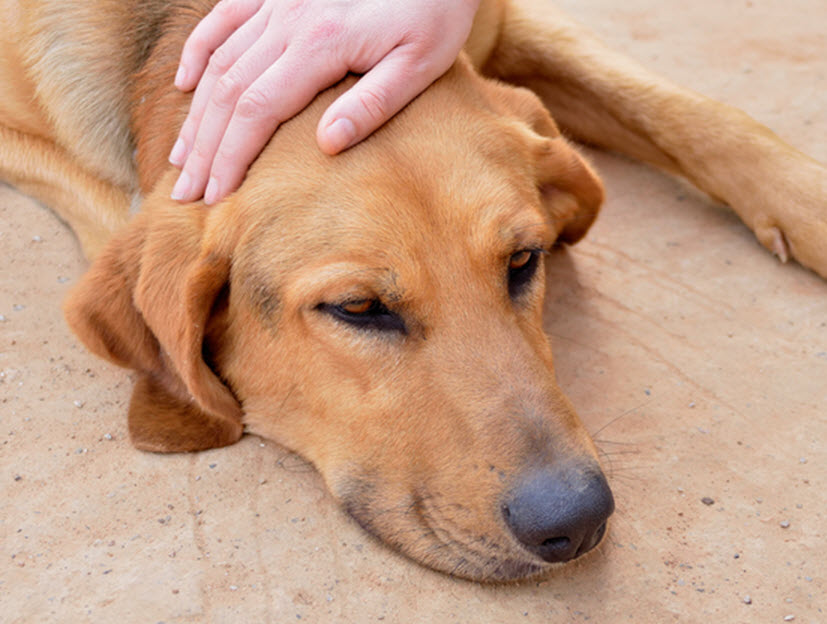When you think about a dog going to the emergency room, you might envision a dog that’s been hit by a car, bit by another dog or suffering from a broken bone. But the leading cause of dog visits to the ER is actually vomiting. Understanding possible causes, knowing what to look for and being prepared to act is important for all dog owners.
An Overview of Vomiting in Dogs
The process of vomiting, also known as “emesis” in medical terms, is the act of getting rid of the contents in a dog’s stomach through the mouth. It is a reflex act that involves a trigger stimulus, such as inflammation of the stomach, to cause the central nervous system and abdominal muscles to work together to expel the contents in the stomach.
There are multiple causes of vomiting. It could be brought on by a disorder of the stomach or intestines, or it could be a sign of a disease involving another area of the body such as cancer, kidney failure or diabetes.
Acute vomiting is brought on suddenly; whereas chronic vomiting lasts a longer time, one to two weeks. If your dog vomits once but is eating and acting normally and has a normal bowel movement, the problem may resolve itself. If your dog continues to vomit and acts lethargic or has no appetite, then medical attention is required.
Before, During & After Vomiting
Before: It’s important to know where your hospital or emergency clinic is located before your dog needs these resources. Talk to your vet to know the process they use to deal with emergencies. Keep the important details handy, such as phone numbers, hours, address and directions.
Keep a record of your dog’s medical history, including any prescriptions and other medications your dog is taking. As you go for wellness visits, vaccinations or make changes to your dog’s exercise program, make notes in your doggie diary.
During: When the vomiting starts, make notes of when it started, when and how many episodes of vomiting, what the vomit looks like, and any other observations such as lack of appetite, weakness or diarrhea.
Call your veterinarian or emergency clinic to determine what they want you to do. Their staff will talk to you about your dog and whether they recommend you bring him in for an exam. If your dog has only vomited once, is acting normal and has no diarrhea, they may give you a recommendation to wait a few hours and see if you pet vomits again.
If not serious, they may recommend home care including feeding a bland diet for sick dogs. A bland diet generally consists of an easily digested protein like boiled chicken or hamburger and well-cooked white rice. Feeding this diet is soothing to your dog’s digestive system, giving things a chance to calm down and return to normal before going back to their everyday food.
After: Take precautionary steps to prevent exposure of your dog to trash, table scraps and other foreign objects that can contribute to another bout of vomiting. Make any food changes gradually and over several days, as a sudden change in food can upset their digestive system.
Owners feeding table scraps and dogs having access to trash cause many emergencies. Don’t give your dog any table scraps and pay special care to toys that you give him to ensure they are safe and not accidentally ingested.
This blog is brought to you by Under the Weather®, makers of award-winning freeze-dried bland diets. Our formulas now contain electrolytes to help your dog maintain a healthy hydration level when they are experiencing vomiting or diarrhea. Our bland diet recipes are made with 100% human-grade meats – no meat by-products, antibiotic free and no hormones added! They are gluten free and have no chemicals or dyes. Sourced and manufactured in the U.S.A.
View Our Products
Visit Our Blog Library




